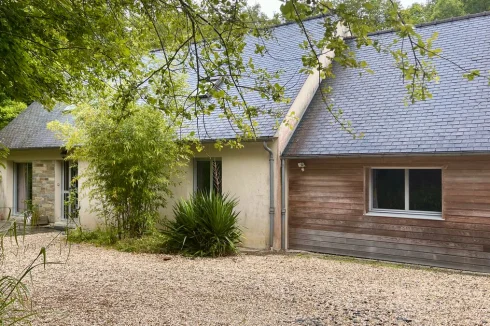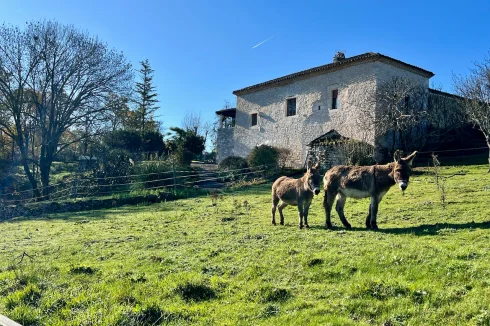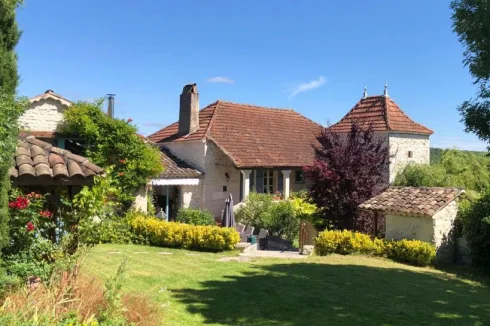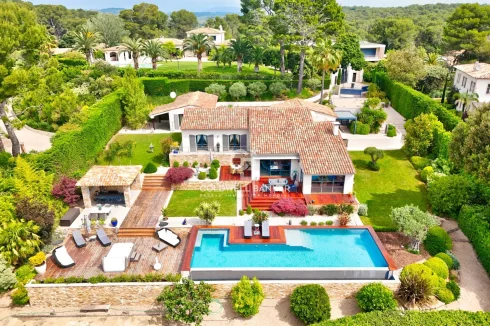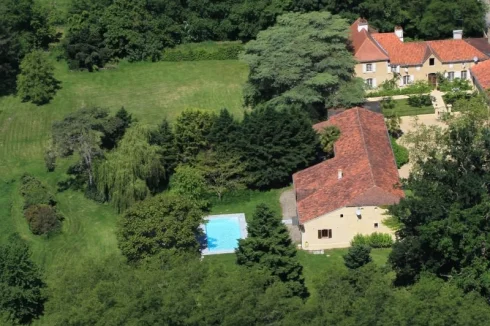Massive expansion of TGV Train Network Planned in France
Tuesday 02 September 2008
The French Government recently announced that it is to create around 2,000 kilometres of new lines for the TGV high-speed ‘bullet’ train.
Whilst French TGV trains traverse the country and beyond, for the most part they run on conventional train lines, with the speed restrictions that inevitably poses.
The trains travel up to around 320 km/h on the high-speed lines, which drops to around 200 km/h on the main network.
Euro star is essentially a modified TGV to cope with line restrictions in the UK, and the need to go through a tunnel, something that does not occur on TGV lines in France.
There are currently around 1750 km of high-speed lines (lignes à grande vitesse – LGV), which will at least double by 2020 if the ambitions of the present Government are realised.
The main new lines to be constructed include:
Tours - Bordeaux – A new 302 km line that is due to be in service in 2016. This is the prolongation of the TGV Atlantique route from Paris to Tours that started operations in 1990. The new route will pass via Poitiers and Angoulême. The objective will be to make possible Bordeaux to Paris in 2hrs, and Lille to Bayonne in 6 hours.
Bordeaux – Spain – A 250 km extension of the TGV Atlantique right through to Spain. Initial studies started this year, and will take about two years to complete. No route for the line has yet been established. A new line would then complete a high-speed link right through from Paris to Spain.
Paris – Strasbourg – The new TGV Est from Paris to Baudrecourt started in June 2007 and it is planned to continue the line an additional 106 kms through to Strasbourg by 2015. This should make possible the journey time Paris-Strasbourg in 1.5 hours.
Le Mans – Rennes – A 182 km extension of the TGV line that currently runs from Paris to Le Mans, through to Rennes. The planned journey time from Paris to Rennes is 1.30 hours, which will also mean a journey time of 3 hours from Brest to Paris. It is planned that the line will be operational in 2014.
Dijon – Mulhouse – A 140 km line currently under construction and due to open 2011. However, full funding for all of the line has yet to be put in place.
Bordeaux – Toulouse – A new 200 km line that has long been discussed and will hopefully now happen. The project has yet to be finalised, but the plans are that the new line should be operational by 2016. It will cut the present journey time in half to 1 hour. Ultimately, it is planned to link up Bordeaux with Nice, via Montpelier and Marseilles.
Marseilles – Nice – A line that has also been in discussion for over a decade, but on which agreement has yet to be reached. At present, the TGV line goes to Marseilles, and it is proposed to provide up to 240 km of high-speed line that links the city with Toulon and Nice. Alternatively, to route the line via Aix en Provence, missing out Marseilles and Toulon. If the line happened, it would reduce the current journey time of Paris to Nice from 5.5 hours to 4 hours.
Montpellier – Perpignan – Studies on a line to link Montpellier with Barcelona will start next year. Works are currently in progress on a line from Barcelona to the French border. It will make it possible to travel between Montpellier and Barcelona in 1.5 hours.
Nimes – Montpellier – A project that has been approved, with works due to start on this 60 km line in the next year or so. The line will also link up to the existing line that ends at Avignon (where there is a spectacular TGV station), to eventually create a high-speed line from Paris to Barcelona.
Since the initial announcement earlier this year few details have been released by the Government, least of all on just how the construction work will be funded. Whilst in the early years the lines were funded directly by the Government, more recently it has been necessary to pull together a number of funding ‘partners’, including the European Union.
The Government will also be wary of opposition from local authorities and communities likely to be adversely affected by the new lines. There were big protests during the 1990s before the line was constructed to Marseilles, and protests also continue from those affected by noise from TGV trains that now pass near towns and villages, forcing SNCF to build acoustic fencing in those areas most affected by the noise.
Accordingly, do not hold your breathe on the above timescales, which may need to be adjusted in the light of political and financial realities!
If you would like to make any comments on the article you can e-mail [email protected]
Thank you for showing an interest in our News section.
Our News section is no longer being published although our catalogue of articles remains in place.
If you found our News useful, please have a look at France Insider, our subscription based News service with in-depth analysis, or our authoritative Guides to France.
If you require advice and assistance with the purchase of French property and moving to France, then take a look at the France Insider Property Clinic.
